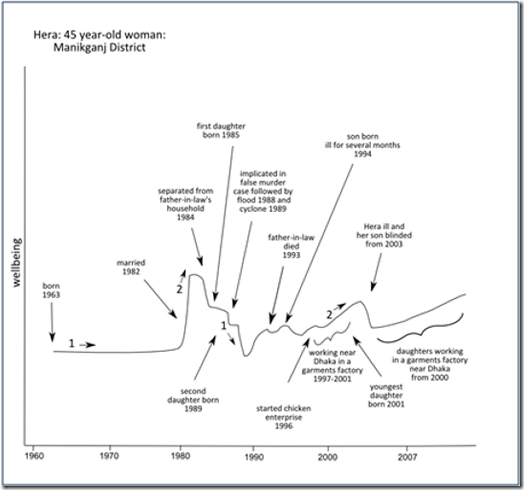in the past 20 years Bangladesh has made extraordinary improvements in almost every indicator of human welfare. The average Bangladeshi can now expect to live four years longer than the average Indian, though Indians are twice as rich. Girls’ education has soared, and the country has hugely reduced the numbers of early deaths of infants, children and mothers. Some of these changes are among the fastest social improvements ever seen. Remarkably, the country has achieved all this even though economic growth, until recently, has been sluggish and income has risen only modestly.
Showing posts with label Bangladesh. Show all posts
Showing posts with label Bangladesh. Show all posts
05 November 2024
Development success in Bangladesh
05 May 2025
Sweatshop Logic Fail
corporates manufacturing goods in Chittagong need pay workers an average of only $48 a month, said the zone manager. That's about $1.50 a day.
Are these factories the new sweatshops, as some developments groups say? People are paid more to work in the zone than in factories beyond the gates and, from what I could see in the two works I visited, the conditions - albeit perhaps not surprisingly - looked good. But the pay rates, which are set by government and not by the companies, are terrible.Read that again. Emphasis on the "people are paid more to work in the zone than in factories beyond the gates" and the "But the pay rates are terrible."
Now folks, please, take a seat, because what I'm about to say here is going to blow your mind. When poor people get jobs that pay more that is generally a good thing.
(And perhaps worth noting, the reason that those improved wages are still terrible by Western standards is global labour market segmentation: we use force to stop Bangladeshis from getting jobs in the West where wages are not terrible, because our median voters would rather that people were trapped in low wage labour markets than be allowed to move to our high wage labour markets. Charming.)
08 August 2025
Factory work. Nearly as good as marriage.
Hera is a 45-year-old woman living in a village in Manikganj District, about an hour and a half by road from Dhaka.
This is her life history, as told to IFPRI researchers. (HT: @davidroodman)
Subscribe to:
Posts (Atom)
loading..

